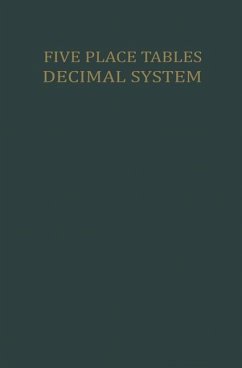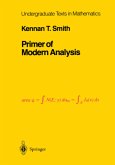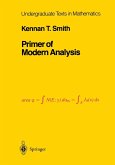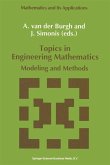Instead of the old division of the right angle in 90° of 60' at 60" each, the following division finds ever more frequent application: one quadrant has 100 grades (gr), which in their turn are sub divided decimally in decigrades (dgr), centigrades (cgr), milligrades (mgr) and decimilligrades (dmgr). In using instruments upon which the quadrant is divided into 100 equal parts, in working with a calculating machine or a slide rule the new division has all the advantages and the old system all the disadvantages. Another important advantage of the new system is that the arcs take their place in the decimal system. One fourth of a meridian of the earth is 10.000 km, also 100 X 100 cgr; hence one km equals 1 cgr of the circumference-of the earth. If the arc of a longitude gr then circle between two given points on the earth be 14,26 their distance measured along this arc is 1426 km. It further follows that 1 mgr of the meridian equals 1 hm and 1 dmgr 10 meters. This simple calculation shows that for use in schools we should confine ourselves to milligrades (1 mgr = 3",24). Experts have assured me that for most practical applications milligrades are sufficiently accurate.
Hinweis: Dieser Artikel kann nur an eine deutsche Lieferadresse ausgeliefert werden.
Hinweis: Dieser Artikel kann nur an eine deutsche Lieferadresse ausgeliefert werden.








